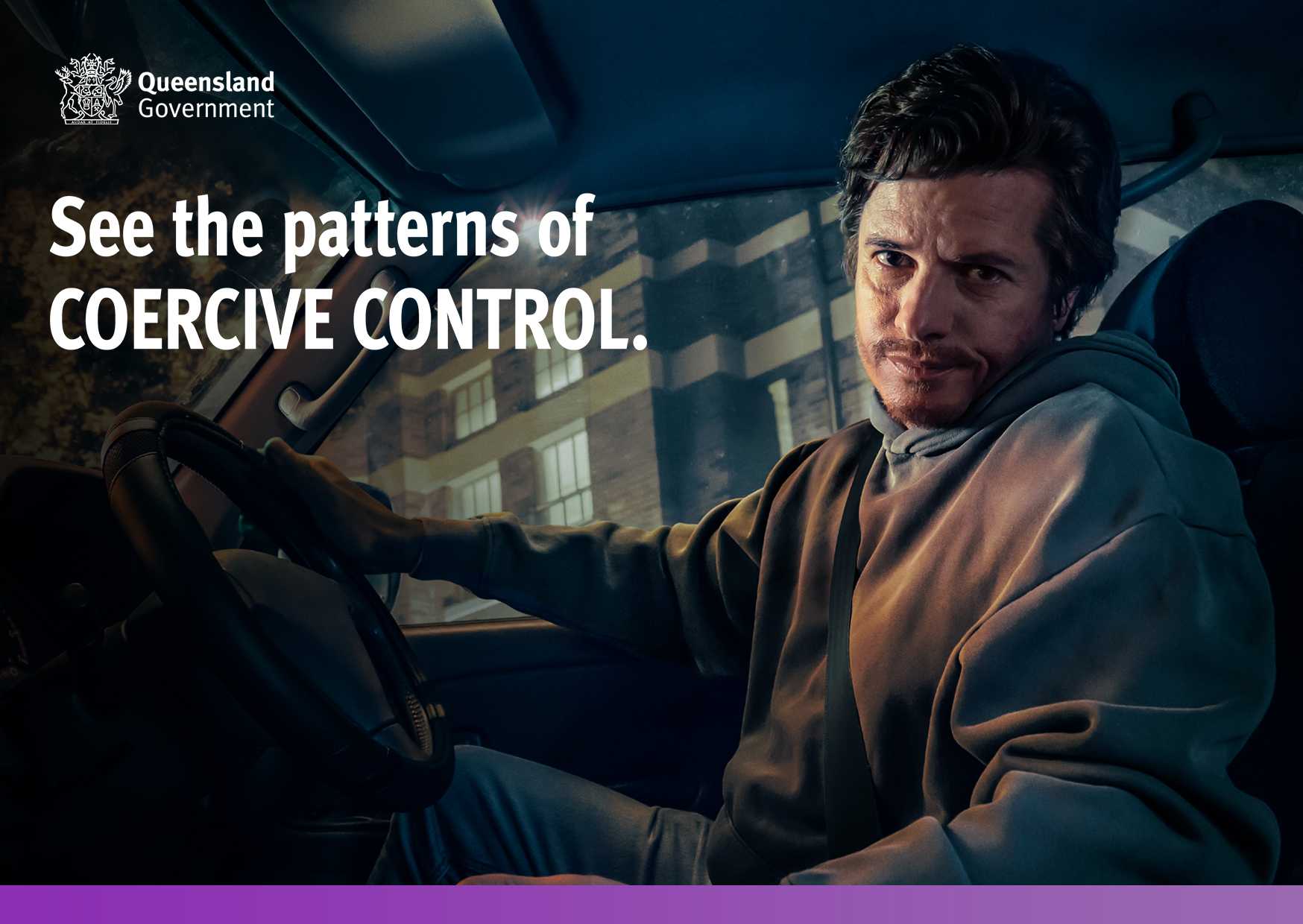
Most Queenslanders have heard the name Hannah Clarke. Her murder was so horrific, it left an indelible mark on the community. The heartless murder of a mother and her three young children by her controlling husband was the catalyst for the creation of Queensland's landmark coercive control legislation colloquially known as Hannah’s Law.
Once introduced, the law would make it a criminal offence to engage in a pattern of abusive behaviours intended to control or coerce another person within a domestic relationship. This was a significant shift in how domestic and family violence is addressed, moving beyond a focus solely on isolated incidents of physical violence to recognise the cumulative and insidious nature of coercive control.
With the legislation just eight months from taking effect, Queensland’s Department of Justice and Attorney General had a problem - their research showed that less than two in three Queenslanders were familiar with the term coercive control, 50% agreed that coercive behaviours also occur in healthy relationships and just 15% were confident they could identify if someone close to them was experiencing coercive control. To protect those at risk and shift community perceptions, we were tasked with delivering a state-wide community education campaign.
Campaign Objectives:
In recent years, red flags have become part of our vernacular. A kind of short hand for warning signs that a prospective partner could be dangerous. To understand the flags we spent days immersed in research and first-hand accounts of victim-survivors. The deeper we got, the more we realised that the flags weren’t red at all. They were beige at best.
The reality of coercive control is it’s not a waving red flag, it's not even a beige one. It’s a collection of almost innocuous moments that add up to a pattern of behaviour so dangerous that it's 33% more likely to be present in the relationships of intimate partner homicide victims than physical violence.
Our insight was that red flags are a red herring that reduces the empathy of bystanders and blinds victims to danger. Our job wasn’t to raise a red flag, it was to build empathy and understanding through revealing the gradual and insidious true nature of coercive control.
For the campaign to have real impact, we needed it to resonate first and foremost with those in controlling relationships. The gradual and insidious pattern of coercive control can make it difficult for victims to recognise their situation. Direct messages that challenged the victim’s sense of self and safety could trigger a cognitive dissonance, leading them to ‘switch off’.
To mitigate this, we took a bystander-first approach to messaging. This approach meant our campaign spoke to every Queenslander like they were a bystander avoiding using direct or challenging language and building empathy through understanding. This indirect messaging helped the victim build empathy for the person experiencing control (themselves) while learning the tools to self identify the unhealthy behaviours.
The bystander-first strategy also worked to enlist the support of true bystanders. The importance of shifting community attitudes was highlighted by a 2018 NCAS study of 17,500 Australians, which found approximately 1 in 3 believe that women who do not leave an abusive relationship are partially responsible for the violence they experience. Shifting these misconceptions and disrupting the social norms that allow coercive control to go un-noticed and unchecked are vital to reducing its prevalence and central to the campaign strategy.
One of the things that makes coercive control so difficult to spot is that it is often minimised or framed as love by the perpetrator. To help our audience see through the patterns of control, we immersed them in a controlling relationship. Youth executions played out through video calls while adults were subjected to the intimacy of a car trip.
With dialogue drawn from the lived experience of victim-survivors, the initially charming protagonist becomes more intimidating as time moves on and their control increases. Like the tragic echo of a life lost, a woman’s voice revealed the protagonist’s true intentions in a haunting whisper.
Just when our perpetrators were at their most threatening, they recomposed themselves to deliver a “I love you”. This time, instead of the victim, we hear his conscience reveal the truth - “I control you”.
To contextualise these results, Queensland is located in Australia and has a population of 4.4M people.
The Department’s communications team were unable to gain approval to release specific campaign performance details. However, using publicly available information, we were able to see that within two weeks of the campaign’s launch, Google search volumes in Queensland for “coercive control” reached their highest level since the members' bill for Hannah’s Law was passed through parliament six months earlier.
In fact, Google Trends showed a 90% year-on-year increase in Queenslanders taking out their phone or sitting in front of their computer to search for “coercive control” across the campaign period (figure 1). This organic search traffic is in addition to the paid traffic from the Government’s substantial social and digital buy.
As the paid social media component of the campaign was whitelisted, we can only see the performance of the Government’s organic social media posts. Just two organic posts were shared by Queenslanders an incredible 852 times.
Well beyond our expectations was the campaign's ability to drive meaningful impact in the lives of victim-survivors. DV Connect (Queensland’s domestic violence counselling service) reported a 23% year-on-year increase in calls for support across the campaign period.
By shifting focus from red flags to the real pattern of coercion, and speaking with empathy, not judgment, this campaign changed how Queenslanders understood the threat hiding in plain sight. It redefined the way Queenslanders think about domestic violence and helped the people most affected finally see and get help.
